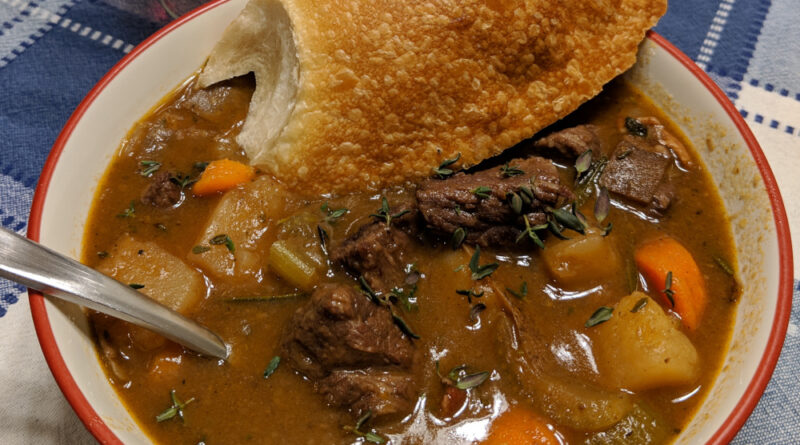Mulukhiyah Stew
Mulukhiyah Stew: A Traditional Delight Bursting with Flavor
Food has always been an integral part of human culture, and exploring the culinary delights from different parts of the world can be an incredibly enriching experience. One such gem is Mulukhiyah stew, a traditional dish that hails from the Middle East. Bursting with flavors and a unique texture, Mulukhiyah stew has gained popularity not only in its place of origin but also among food enthusiasts worldwide. In this article, we will delve into the origins, ingredients, preparation, and health benefits of Mulukhiyah stew, along with a step-by-step guide on how to make this delectable dish in your own kitchen.
Origins and History:
Mulukhiyah stew, also known as mloukhieh or jute leaf stew, has its roots deeply embedded in Egyptian cuisine. The word “mulukhiyah” is derived from the Arabic word “mulukhiyya,” which means “the green.” This dish dates back centuries and has been enjoyed by generations in Egypt, Sudan, and other Middle Eastern countries. The use of mulukhiyah leaves can be traced back to ancient Egyptian times when they were cultivated along the Nile River. The popularity of Mulukhiyah stew has now spread across the globe, with variations of the dish found in different countries.
Ingredients:
Mulukhiyah stew primarily revolves around two key ingredients: mulukhiyah leaves and meat. Mulukhiyah leaves, also known as jute leaves or Jew’s mallow, are the heart and soul of this dish. They have a unique slimy texture, similar to okra, which adds thickness to the stew. Meat plays a crucial role in enhancing the flavor of the dish, with chicken and rabbit being the most commonly used options. However, beef, lamb, or even seafood can be used as alternatives. Other essential ingredients include garlic, coriander, lemon juice, salt, pepper, and a variety of spices.
Preparation:
Wash and clean the mulukhiyah leaves thoroughly. Remove any tough stems and chop the leaves finely.
In a large pot, sauté the meat with some garlic until browned and cooked through.
Add water, salt, and pepper to the pot and bring it to a boil. Skim off any impurities that rise to the surface.
Reduce the heat and let the meat simmer until it becomes tender and flavorful.
In a separate pan, sauté chopped garlic and coriander until fragrant.
Add the mulukhiyah leaves to the pan and stir-fry for a few minutes until wilted.
Transfer the mulukhiyah leaves to the pot with the meat and broth, and let it simmer for another 15-20 minutes, allowing the flavors to meld together.
Adjust the seasoning according to your taste and squeeze in some fresh lemon juice for a tangy kick.
Health Benefits:
Apart from its delicious taste, Mulukhiyah stew also offers several health benefits. The mulukhiyah leaves are a rich source of vitamins A, C, and E, as well as minerals like calcium, iron, and potassium. These leaves are known for their high fiber content, which aids in digestion and helps maintain a healthy digestive system. Mulukhiyah also contains antioxidants, which play a vital role in protecting the body against harmful free radicals. Additionally, the inclusion of lean meat provides a good source of protein while keeping the dish low in fat.
Conclusion:
Mulukhiyah stew is a culinary masterpiece that brings together the richness of Middle Eastern flavors and the nutritional goodness of mulukhiyah leaves. Its unique texture, tantalizing aroma, and savory taste make it a favorite among food lovers worldwide. Whether you are a fan of Middle Eastern cuisine or simply looking to broaden your culinary horizons, Mulukhiyah stew is an excellent choice. So, don’t hesitate to gather the ingredients, roll up your sleeves, and embark on a gastronomic adventure that will leave you craving for more.
Also Read https://thecrazydivaa.com/Ancient Egyptian Recipes/



